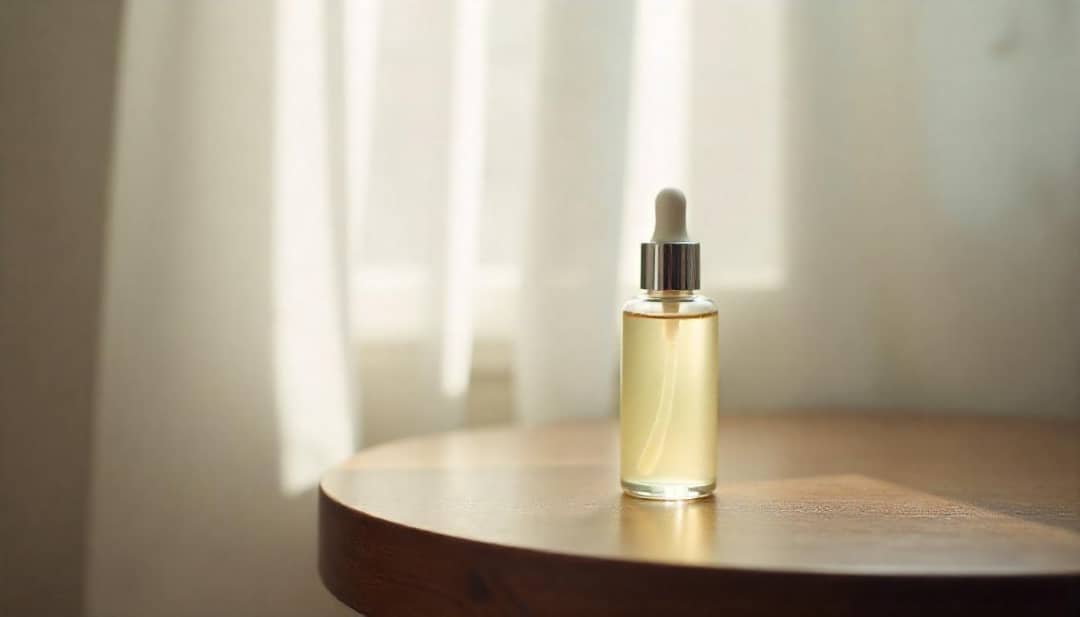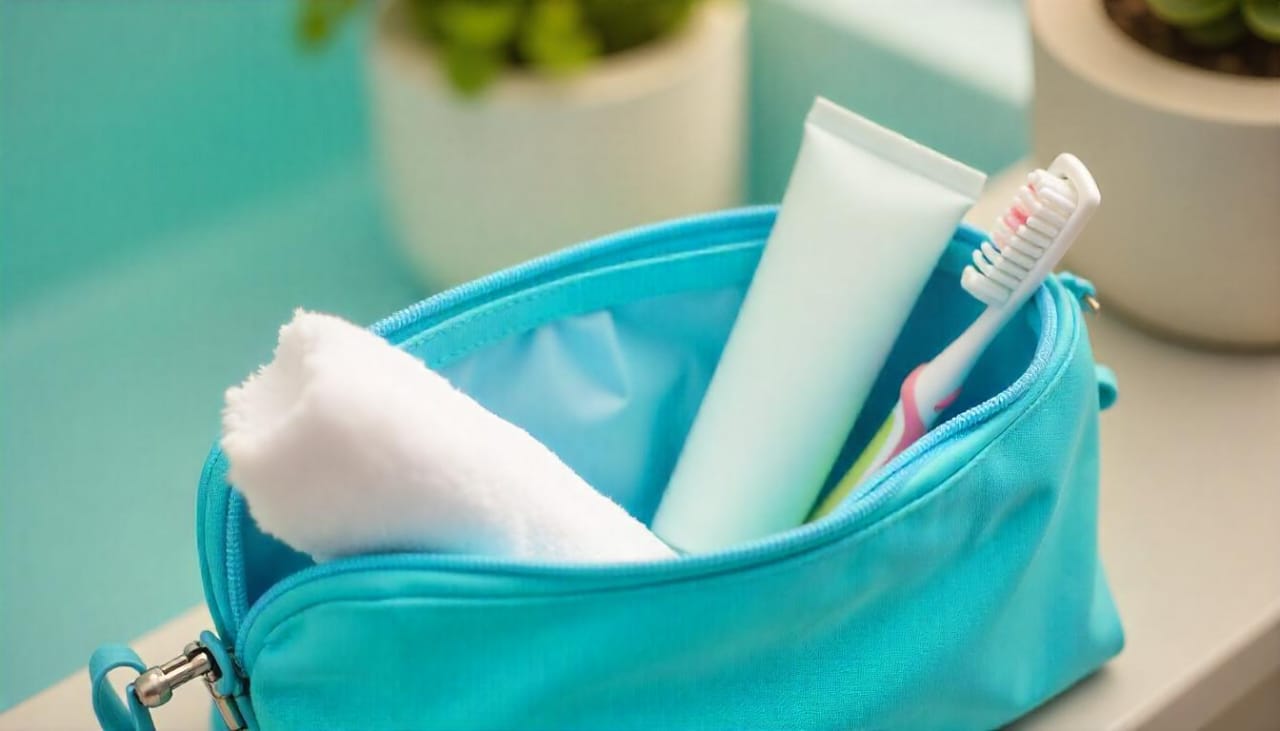If you’ve ever felt overwhelmed by all the skincare products out there, you’re definitely not alone. Between toners, essences, moisturizers, and masks, there’s a lot to take in—and then there’s the serum, one of the most talked-about (and sometimes most confusing) products in the skincare world. Whether you’re new to skincare or just unsure about what serums really do, this beginner’s guide will clear things up. By the end of this post, you’ll understand what a serum is, how it works, and how to choose the right one for your skin type and goals.
What Is a Serum, Really?
Let’s start with the basics: a serum is a lightweight skincare product that contains a high concentration of active ingredients. Its main purpose? To target specific skin concerns like dullness, acne, dehydration, fine lines, or uneven tone. Unlike creams or lotions, serums are made with smaller molecules that allow them to penetrate deeper into the skin, delivering nutrients and active ingredients right where they’re needed most. Think of serums as the power players in your routine—small in size but big in impact.
Why Are Serums So Important?
While cleansers and moisturizers are essential, they often work more on the surface level. Serums go below the surface to address the root of your skin issues. That’s what makes them such a vital part of an effective skincare routine. They’re also incredibly versatile. Whether you’re dealing with dryness, breakouts, or early signs of aging, there’s a serum designed to help. In fact, many dermatologists and skincare experts agree that if you’re going to invest in one product for long-term skin health, it should be a good serum.
When and How to Use a Serum
One of the most common questions beginners have is when to apply a serum. The general rule? Apply it after cleansing and toning, but before moisturizing. Your skin should be clean and slightly damp for the serum to absorb effectively. A little goes a long way—just a few drops are enough to cover your entire face. Gently press or pat the serum into your skin (no need to rub it in aggressively), then follow with your moisturizer to lock in all that goodness.
Pro tip: For best results, use your serum consistently—once or twice a day depending on the formula—and give it a few weeks to work its magic. Patience is key!
Choosing the Right Serum for Your Skin Type
Not all serums are created equal, and finding the right one depends on your skin’s unique needs. Here’s a simple guide to help you pick the perfect match:
- Dry Skin: Look for serums with hyaluronic acid, glycerin, or ceramides to boost hydration and repair the skin barrier.
- Oily or Acne-Prone Skin: Choose serums with niacinamide, salicylic acid, or zinc to balance oil production and reduce breakouts.
- Sensitive Skin: Opt for calming ingredients like cica (centella asiatica), green tea extract, or azelaic acid to soothe irritation.
- Dull or Uneven Skin Tone: Brightening serums with vitamin C, licorice root, or alpha arbutin can bring back your glow.
- Aging Skin: Reach for serums with retinol, peptides, or coenzyme Q10 to boost collagen and smooth fine lines.
Take the time to read labels, do a patch test first, and always introduce one serum at a time to avoid overwhelming your skin.
Common Myths About Serums—Busted!
There are plenty of myths floating around about serums, especially for beginners. Let’s set the record straight:
- Myth: Serums are only for aging skin.
Truth: Serums benefit all ages, from teens dealing with acne to adults wanting brighter, smoother skin. - Myth: Oily skin doesn’t need serums.
Truth: Lightweight, oil-free serums with ingredients like niacinamide can actually help balance oily skin and reduce breakouts. - Myth: Serums are too strong for sensitive skin.
Truth: While some serums can be potent, there are plenty of gentle, soothing options perfect for delicate skin.
How to Build a Serum-Friendly Skincare Routine
If you’re just getting started with serums, you don’t need a 10-step routine. A simple and effective routine could look like this:
- Cleanser – Start with a gentle cleanser to remove dirt and oil.
- Toner (optional) – Use a hydrating toner to prep the skin.
- Serum – Apply a few drops of your chosen serum and let it absorb.
- Moisturizer – Seal in the serum with a moisturizer.
- SPF – In the morning, always follow with sunscreen (even if you’re indoors!).
Stick to this routine consistently and watch your skin begin to glow.
Final Thoughts: Start Simple, Stay Consistent
Starting with serums doesn’t have to be complicated. The key is to keep it simple, choose based on your skin’s needs, and be consistent. Serums can make a noticeable difference when used correctly and thoughtfully. With the right formula, you’ll start seeing improvements in hydration, tone, texture, and overall skin health. So if you’ve been hesitating to try a serum, now’s the time to take that step. Your skin will thank you—one drop at a time.





Leave a Reply